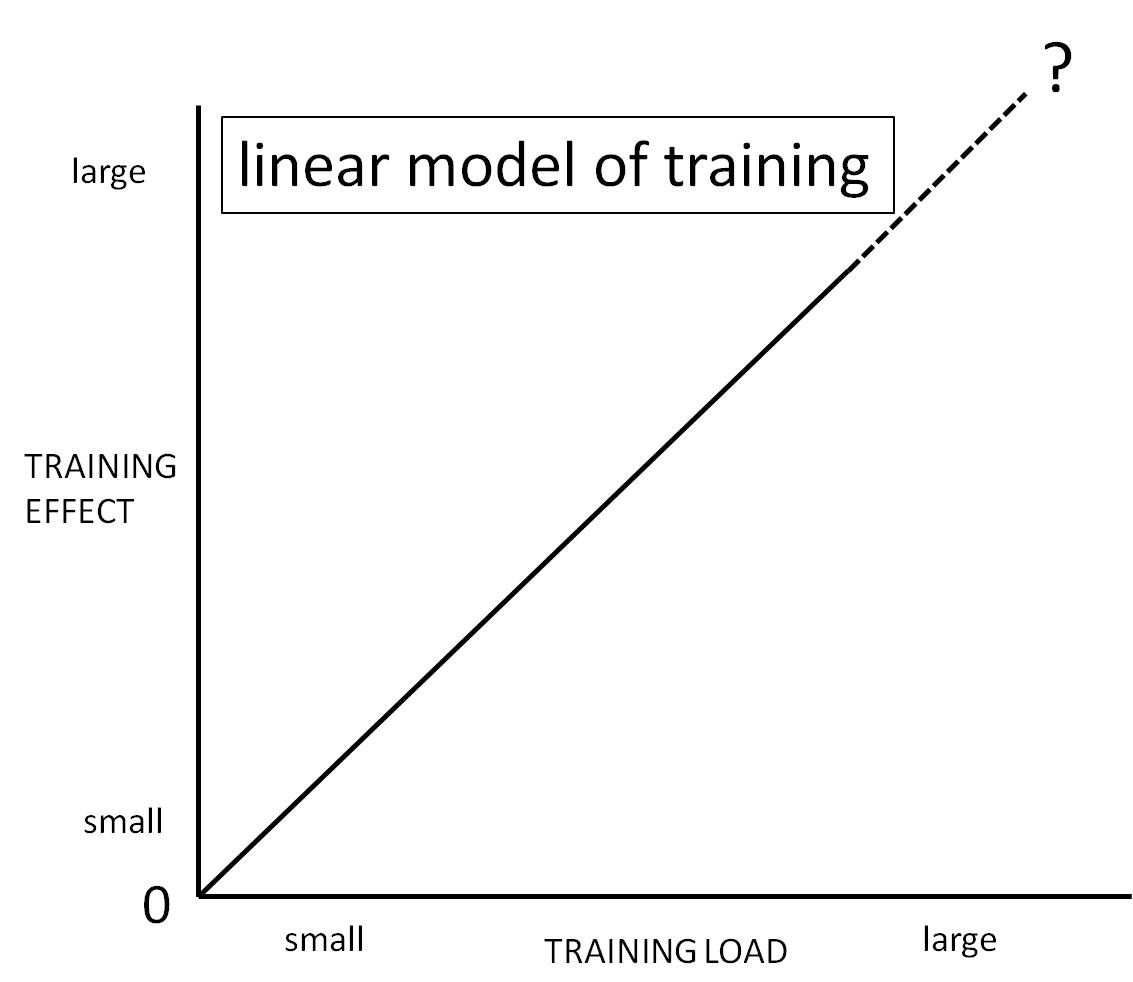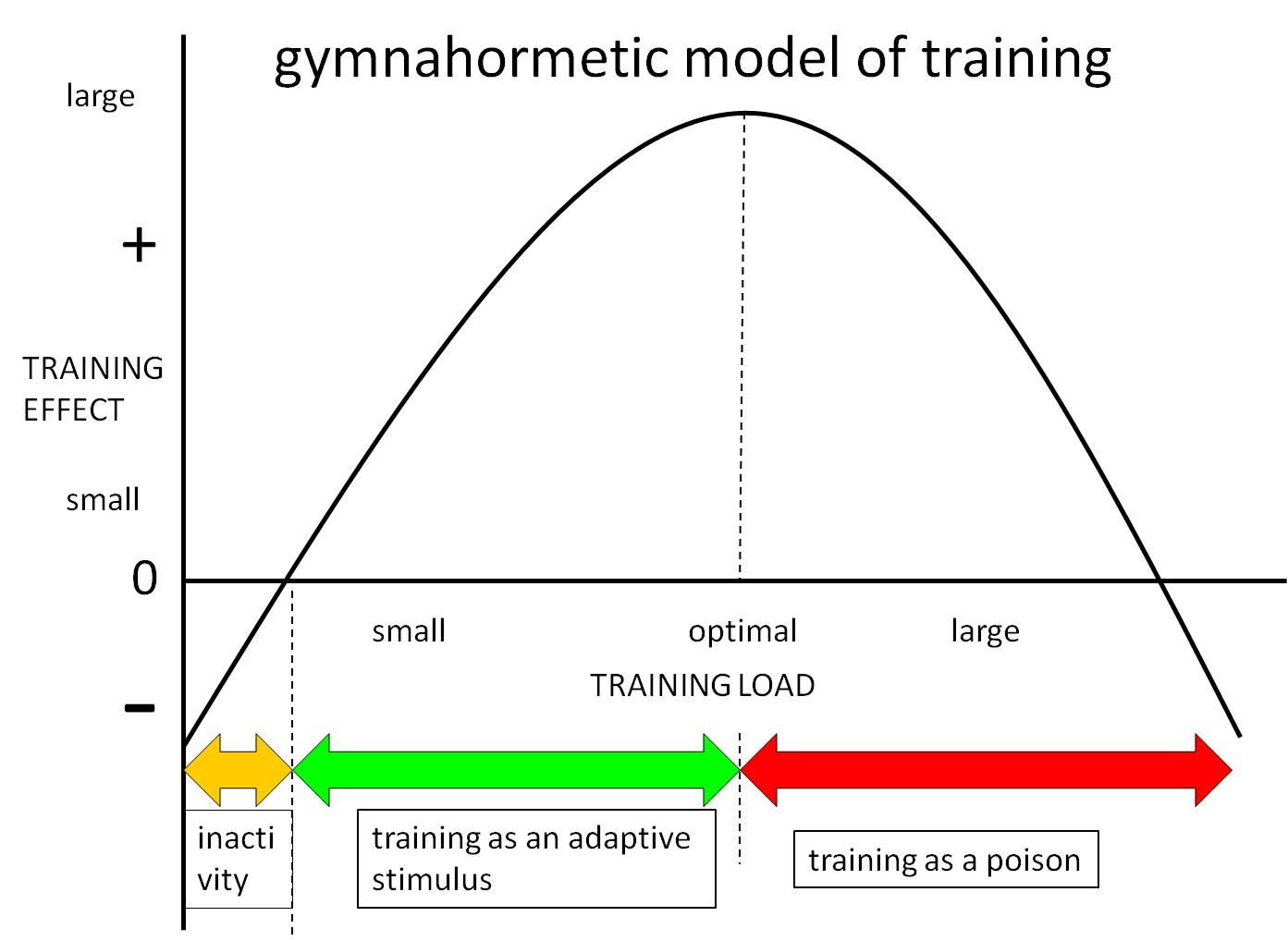I hope the name Philippus Aureolus Theophrastus Bombastus von Hohenheim rings a bell. This Swiss-born “master of medicine, chemistry and magic”, better known as Paracelsus, already wrote 500 years ago: “All things are poison, and nothing is without poison; only the dose permits something not to be poisonous” and he was right.
Or maybe you are more familiar with the expression of Friedrich Nietsche, the German philosopher, who wrote: “That what does not kill me makes me stronger”. And indeed, he was right too.
But I can hear your question: where is this going to ?
The answer is basically: everywhere: since we are exposed, willingly or not and knowingly or not, every minute of our lives to chemical substances that are toxic or not, dependent on the dose.
So the word “toxic” becomes quite meaningless, because even water can become toxic and so does oxygen, substances that are mostly known as being conditional for life. At the other hand: what we use to consider being poisons and toxins, might not be harmful and even healthy to us! And I would like to focus on this neglected part of our lives.
Very few people realize that a little poison might be healthy for us, but when if we think about it, it is common knowledge.
Not many people are aware that a little radiation is considered to be healthy, while we all know what the effect of high radiation levels mean to us. We accept the health effect of weakened pathological viruses in the case of vaccines. And what to think about the use of antibiotics, deadly for germs but helping us also to combat germs. Or the use of poisons like curare at a low dose, to relax muscles during surgery.
And here is another famous saying: “an apple a day keeps the doctor away”. But why would that be true? The skin of the apple contains substances like tannins or flavonoids, like quercetin, which are harmful or at least repulsive to insects, germs fungi, yeasts, or any small organism that tries to attack the apple, so here we find a basic form of chemical defensive warfare. These substances might be toxic or lethal to very small organism. They kill them or inhibit their growth through the effects on these organisms biochemistry, but mainly because of the small size of these organisms. But in large organisms like humans that take a bite of apple, these substances might not be toxic but rather health promoting! They might kill fast growing cells inside the human body like cancer cells through activation of the same biochemical mechanisms, causing the cell to “implode” as well.
So the same dosage of poison to a germ might be a medication to the human being. This principle, as already expressed by Paracelsus and Nietsche is called “hormesis”.
Most substances that are produced by plants are very important for their survival, either as an attractant to insects for pollination as a means of reproduction, like the colours of their flowers and fragrances or as defensive repellent substances against small organisms.
Or did you really think that plants like garlic produced their smell and taste just to please us humans? So calling the plant kingdom “Nature’s Pharmacy” is absolutely justified, just too bad that this pharmacy is running out of stock due to the destruction of rainforest caused by ignorance, greed and politics.
Now all of this is not related to training, but also in physical training the same phenomenon can be observed. Training as a form of exercise is mostly targeted towards disturbances of the homeostasis, the manifold biochemical and physiological balances that the body likes to maintain, like body temperature, muscle size, pH or blood glucose levels.
A hard anaerobic training, like a 500 meter time-trial on the track, can lead to lactic acid levels that are even normally not compatible with human life!
The body adapts to training by counteracting these disturbances and anticipating the next disturbance by creating a little “buffer”. This mechanism we call “supercompensation”.
But also in training hormesis plays a role, in this case I call it “gymnahormesis”, hormesis caused by physical exercise. And here is the catch, we have always looked upon exercise or training as being healthy by definition, so now we have the idea: if I exercise a little bit, I get a little bit healthier, so if I exercise a lot, I get a lot healthier ……. For athletes “it is not much different: if I train a little, my performance gets a little better, if I train a lot, my performance will get a lot better”. “And if I do no training at all, my performance will stay the same”. (as a matter of fact, it will get worse over time).
This way of thinking looks like a simple linear equation like the one in the graph below. 
In this way it looks like training is harmless and one cannot be healthy enough or perform well enough, in the end this concept leads to overtraining, injuries or at least, underperformance.
But I see training within the framework of hormesis: training creates disturbances that are potentially pathological and only through adaptation (long-term) and recovery (short-term) we are able to survive it.
We should start considering exercise as a stressor, triggering a stress response, think about it: “fight or flight”!
Under my head, my heart, muscles, lungs, bones, tendons do not know if I am fighting a grizzly bear for my survival or if I am doing a kickboxing session in the gym, for fun. Again, under my head, my heart, muscles, lungs, bones, tendons do not know if I am running for my life to stay ahead of a hungry tiger, for survival, or if I am jogging in the forest for fun and run up a hill. In all cases my bodily response is the same: my muscles contract, my heart beats faster, my blood pressure is going up, my breathing intensifies, I start to sweat, my skin turns pale, etc.
Exercise is stress, the only thing that distinguishes it from a “real” stressor is that we are able to time it and control the dosage. In the gym one can quit if one wants too, running ahead of a hungry tiger, one can not! And most “real” stressors come unexpected, while we are able to plan our workout beforehand so we can anticipate it and prepare ourselves mentally and physically, we know what to expect and when to expect it.
The beauty of this concept of gymnahormesis is that one is more careful with training and more aware of the dangers of injuries and overload, so one is more inclined to look for optimizing (gynahormetic model) instead of maximizing the training load training (linear model).
Where strong training stimuli may lead to pathological changes of tissue (long-term) or chemical imbalances (short-term), according to the hormesis principle, smaller stimuli lead to positive adaptations.
Gymnahormesis means: look for the minimum training stimuli that cause the desired changes and cause progression in performance. So again, yes, my main message again, approached from another point of view: train as much as necessary, not as much as possible.
